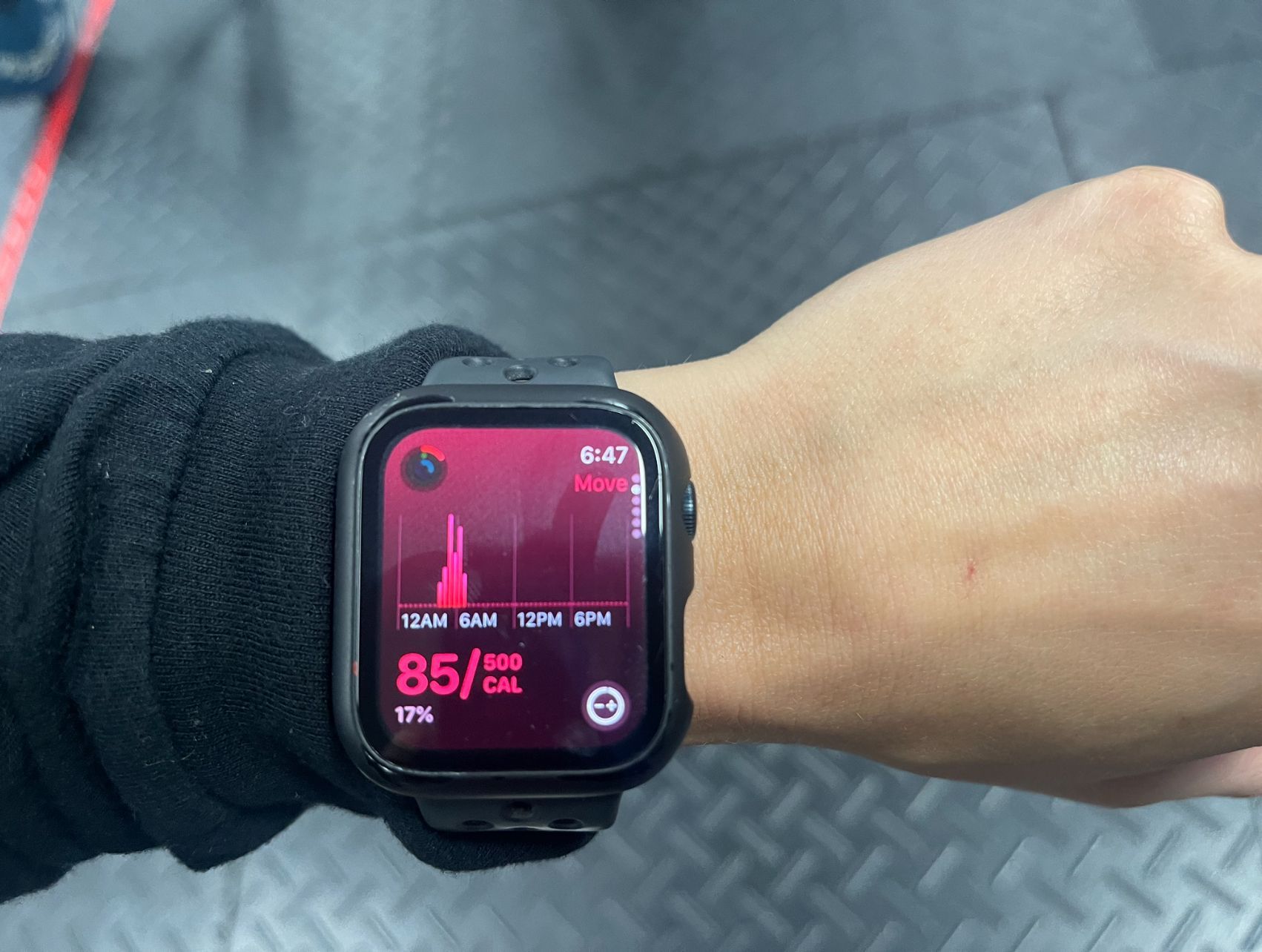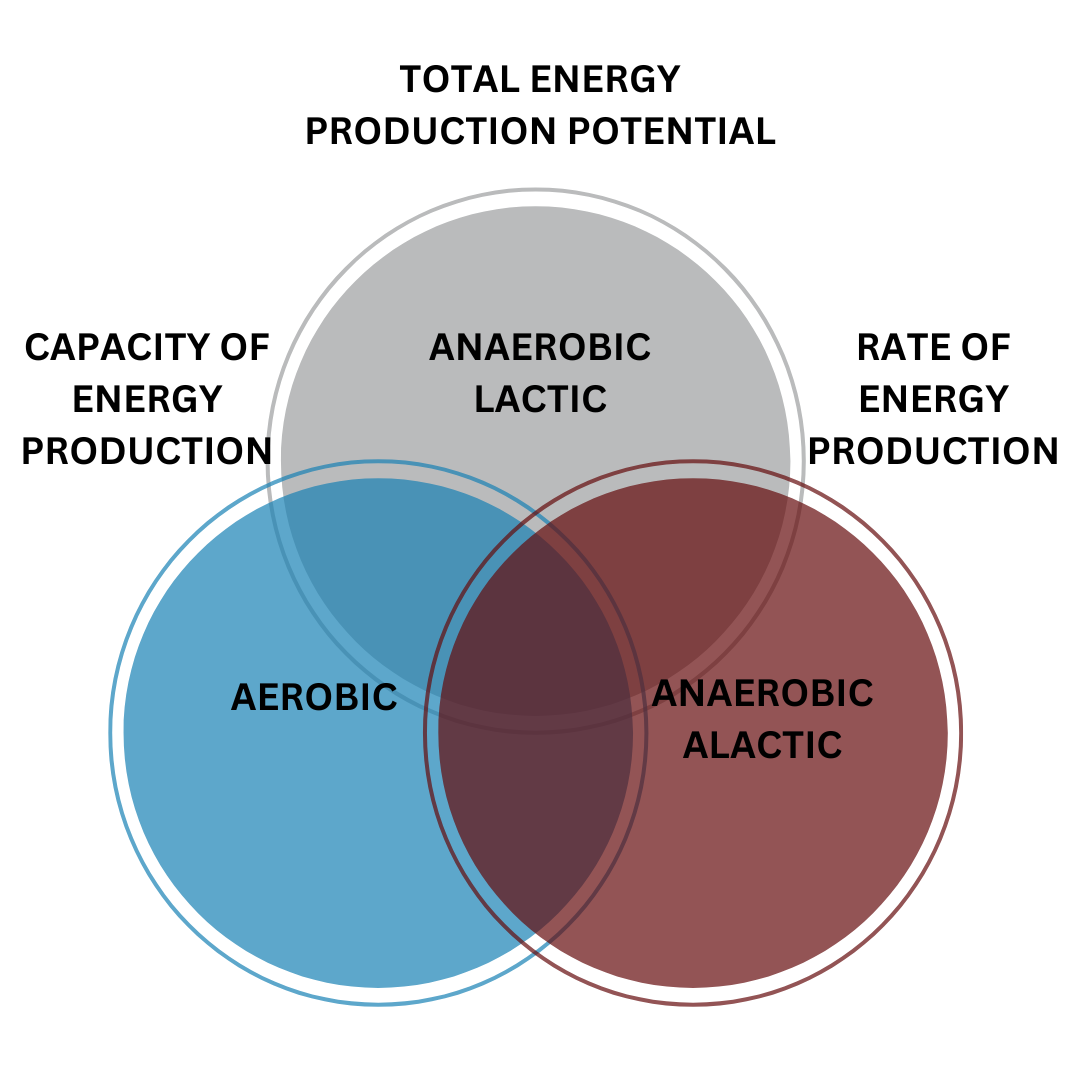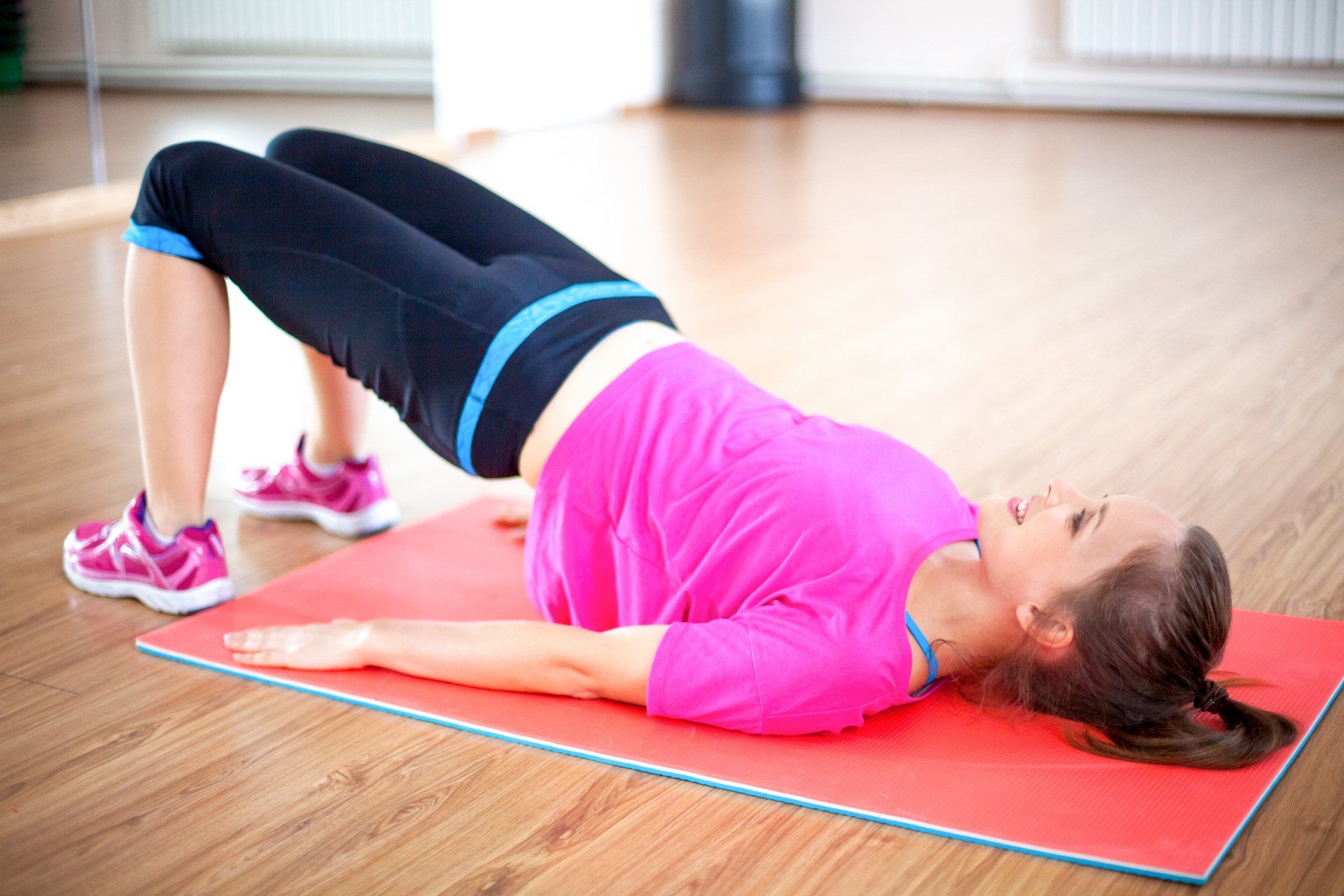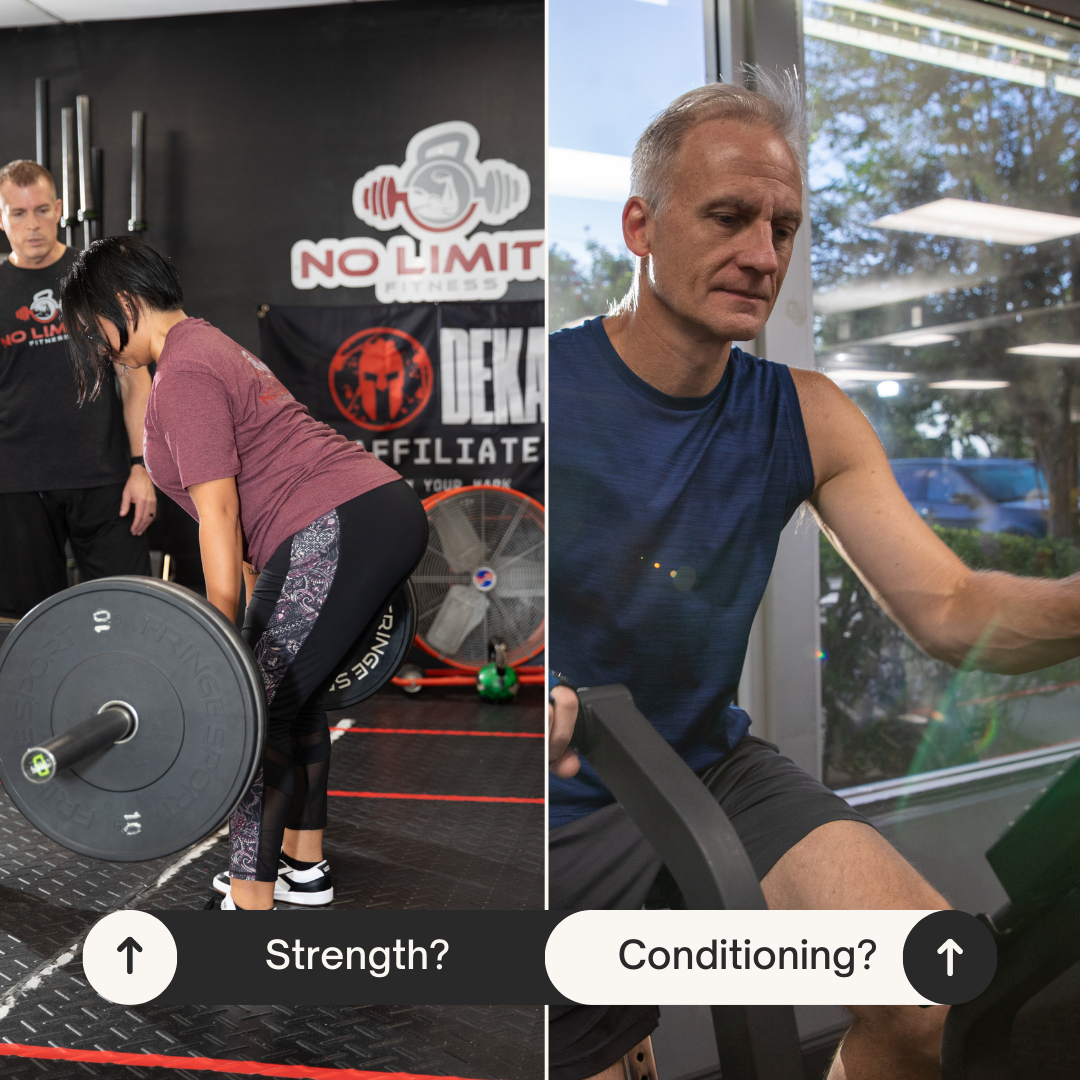GENERAL HEALTH

By Juan Perez
•
03 May, 2024
Every year millions of people make the resolution to improve their fitness. It’s not exactly a secret that the majority of these good intentions will quickly turn into empty promises. When you first get started, your excitement and energy are high and it’s easy to feel like you’re in control and that your will power alone will help you through the difficult days ahead. The reality is that you’ll probably have more days when you don’t “feel” like training. This is the reason we preach Standards Over Feelings because we understand how fundamental this is for human behavior. There have been several studies on human behavior that have helped identify the single biggest predictor of success when it comes to long-term consistency with your fitness. It’s not keeping a gym bag ready and with you at all times…although this helps. Setting your gym clothes out the night before is a great idea…but it’s still not the determining factor. Surprisingly it’s not even having an accountability partner. Schedule in advance when and where you’ll do your training. Everything else is simply in support of this habit. Being accountable to someone you don’t want to disappoint is incredibly helpful, but if you haven’t taken that first step, accountability falls short. Having been that accountability piece for hundreds of people, I’ve been ignored and ghosted more times than I can count. Even my sister stopped responding to text messages and phone calls at one point. (I called our mother but apparently you can’t put an adult on restriction). Scheduling in advance WHEN and WHERE you’ll workout is the single most important step to developing consistency with your fitness. This helps you develop integrity with yourself…if you say you’ll do something, that thing gets done. Period. Show up like a boss and bosses don’t cancel. Your training is time on your calendar dedicated to getting better. The workouts on your calendar become non-negotiable. You don’t wake up and see how you “feel” because you already know there will be days you don’t “feel” like it. In advance, you schedule your training where it best fits into your life with your responsibilities. Once you’ve planned your work, you show up and work the plan. If you fail to plan the work, you’re significantly increasing the likelihood of failure. Ask someone that has been remarkably consistent with their fitness if they know when and where they’ll workout. This has already been decided. Their feelings aren’t involved in the process. If you truly want to be consistent with your fitness, this habit is a must: Schedule in advance when and where you’ll workout.

By Juan Perez
•
16 Feb, 2024
We can totally relate. Almost everyone who has access to a smart watch or fitness tracker has at some point assessed the quality of a workout by the number of calories burned. You’ve pushed yourself to finish a difficult workout and that number is just staring you in the face. And you’re first thought is…that’s it? Despite my best efforts, on a very regular basis I’ll hear someone comment with a disappointing tone about the number of calories they just burned. Fitness wearables on the whole are positive. These devices provide valuable biofeedback and insights into our activity. People wearing fitness tracking devices tend to focus on increasing their healthy activities. I’m a huge advocate for heart-rate training and my intention with this post isn’t to discourage the use of fitness tracking devices. I do however want to raise public awareness that Calories Burned is the worst metric you could track with your workouts. Now that I’ve made my claim, here are the top 5 reasons why you should stop paying attention to the number of calories burned in your workout. Fitness Trackers Don’t Accurately Measure Energy Expenditure In 2017, Stanford University studied the seven most popular fitness devices. While six out of the seven measured heart rate within 5% accuracy, none of the devices accurately measured energy expenditure (calories burned). The most accurate device was off by 27% and the least accurate was off by 93%. These devices are based on a formula that doesn’t take into account your individual metabolic rate, the muscles you’re working or the weight you’re using. In early 2024, we had someone wear two fitness trackers while working out on equipment that also calculated calories burned. The reported calories burned on the fitness trackers differed by more than 300 and the fitness equipment was significantly lower than both wearables. Burning More Calories Doesn’t Mean Better A well-rounded fitness program will include both strength training and conditioning that incorporates both high and low intensities. Focusing exclusively on maximum calorie burning would be the nutritional equivalent of only eating foods with higher amounts of Vitamin C. There are other vitamins, micronutrients and macronutrients needed for optimal nutrition. Imagine driving your car in such a way that you maximized the RPMs of your engine. You wouldn’t expect the engine to last and you shouldn’t drive your body that way either. Strength Training Matters Too Focusing on calories burned usually leads to focusing on conditioning (commonly referred to as cardio). For reasons mentioned earlier, fitness trackers don’t capture the entire picture when it comes to strength training. Adding lean muscle to your frame with strength training will improve your metabolic rate which allows you to burn more calories on a daily basis. While conditioning workouts tend to burn more calories in a given workout, this comparison doesn’t tell the entire story. Conditioning workouts won’t help you increase your lean muscle tissue or the number of calories you burn when you don’t workout. This is one of the reasons strength training should be included in your fitness routine. Improved Efficiency Results In Less Calories Burned When you regularly perform a given exercise, you tend to improve your efficiency with that exercise. As your movement quality improves, your body requires less energy to perform the same amount of work. If calories burned is the ultimate metric, you’re looking at continually increasing the amount of exercise you do just to burn the same number of calories. Someone who has been exercising for less than one month will burn significantly more calories performing walking lunges (or any other exercise) than the person who has been exercising for 5 years. The goal is to get better so you can improve your efficiency and movement quality. The Constrained Model of Total Energy Expenditure In his book Burn, Herman Pontzer describes his findings from research on the Hadza, a tribe of hunter gatherers. His research has blown the lid off everything the fitness industry THOUGHT it knew about burning calories. It turns out that we burn calories in a very narrow range...regardless of our physical activity. Hunter-gatherer tribes were only burning a few hundred calories per day more than a sedentary desk jockey. When we burn additional calories with our training, the body takes away energy from other areas such as reproduction, digestion, recovery, etc. You can't burn a never-ending amount of calories in a day because it requires both time AND energy to turn your food into the ATP your body can use as fuel. This also explains why simply adding more exercise doesn't equate to weight loss...even when caloric intake is controlled. What To Focus On Instead of Calories Burned As mentioned earlier, we are huge advocates of heart rate training, and we recommend using Morpheus. These devices take several metrics into consideration in determining your daily recovery score which then impacts your heart rate zones for the day. Morpheus also provides you with weekly targets for the 3 heart rate zones. This ensures you are building an aerobic base without compromising your recovery with too much higher intensity work. Training at the right volume and intensity for you as an individual produces the best results with the Minimum Effective Dose.

By Juan Perez
•
29 Jan, 2024
When it comes to improving your conditioning, it helps to have a solid understanding of the roles of each energy system and the two sides of the conditioning equation: energy production and energy expenditure. Power vs. Endurance Most people focus their conditioning efforts on one side of the equation…trying to produce more energy. They believe that the more tired they become, the more their conditioning will improve. However, when fatigue is the main goal, technique and movement efficiency are compromised. This would result in training to expend more energy than necessary. Making yourself more tired won’t necessarily improve your conditioning. The other side of the equation is energy expenditure where the lowest energy cost for an activity allows you to sustain it for a longer duration. By controlling your technique, pace and energy, you can improve the efficiency of your energy expenditure. As stated by the world’s leading conditioning expert Joel Jamieson, “your body wasn’t designed to have the fuel efficiency of a Prius and the horsepower of a top fuel dragster.” As you can see in the image below, as power (rate of energy production) increases, the duration of energy production decreases.

19 Oct, 2021
Before diving too deep, it’s important to establish that your nutrition and sleep are critical factors when it comes to fat loss. Think of these as the fertile soil that will allow your training results to grow. Time Is Your Limiting Factor The demands on your time are significant and it’s unlikely that you’ll magically find an additional 5 hours per week to workout. Given your time restraints, the following 2 principles are important if you want to achieve sustainable results. 1) Include the most effective training methods 2) Create a training plan that can be done consistently Top 5 Training Methods For Fat Loss 1- Resistance Training This type of training should be the foundation of your program. Resistance training burns calories, builds lean muscle mass and elevates your metabolism. Your Resting Metabolic Rate (RMR) is the biggest factor in determining the number of calories you burn on a daily basis. Your RMR is largely a function of how much muscle you have on your body and how hard it works. Since resistance training helps to build and maintain your muscle mass better than any other type of training, you’ll want to include this in your plan to increase your metabolism. 2- High Intensity Interval Training High Intensity Interval Training (HIIT) focuses on short bursts of maximal efforts followed by a period of rest. Due to the demands placed on our energy systems, HIIT workouts are typically shorter in duration. The appeal of HIIT is getting the same health benefits as Interval Training in a shorter period of time. These benefits include reduced body fat, heart rate and blood pressure. 3- Interval Training Almost any exercise can be trained in intervals which is simply a defined period of work and a defined period of rest. An example would be doing 3 rounds of push-ups for 60 seconds followed by 60 seconds of rest. Interval training is typically performed at a moderate intensity level as compared to the all-out efforts associated with HIIT. There are countless interval combinations and circuits you can create with this type of training. 4- Steady State Aerobic Training This type of training is just good hard cardio work and burning calories at a consistent pace. This type of training typically won’t increase Exercise Post Oxygen Consumption (EPOC) significantly but it will burn some calories. 5- Steady State Low Intensity Training Walking (with or without your dogs) won’t burn as many calories as the methods listed above, but it does count. This type of activity also helps increase your Total Daily Energy Expenditure (TDEE). We live in a predominantly sedentary society and any activity that boosts your TDEE should be considered a win. Managing Your Training Time For Fat Loss Don’t limit yourself with the question of which method is best (resistance training vs. cardio). Multiple studies have found that combined training methods produce the best results. Time is your biggest limiting factor when designing a training program. We recommend allocating 50 to 67% of your total training time to resistance training with the remaining time going to the type of cardio training that you either enjoy or best tolerate.

08 Sep, 2021
by Dr. Paige Hubert We’re going to be talking about Menopause and why Perimenopause is really the one to blame! I’ve had several women ask me to shine some light on this topic. I think we all have been hearing about it from our mothers and grandmothers for as long as we can remember. However, no one really talks about what is normal during the transition Menopause and Menopause itself. We definitely aren’t told about when or why it occurs, and what it means for your body. So, I am going to try to tackle that today! IS IT HOT IN HERE TO YOU, OR IS THAT JUST ME? In a nutshell- Menopause is when your body stops having menstrual periods and you can no longer get pregnant. The average age for this in the US is around 52 years old . The transition to Menopause is generally what everyone thinks about when we start discussing this topic because that is when you start having symptoms like hot flashes. This transition, called Perimenopause , can last for several years , 4 years is the average for most women, and is where you experience symptoms of menopause but continue to experience irregular menstrual cycles. PERIMENOPAUSE During Perimenopause, or the transition to menopause, your hormone levels can fluctuate unexpectedly resulting in irregular symptom occurrence. You might experience things like: ● Hot Flashes ○ 3/4 women experience these ● Difficulty Sleeping ● Pain during Sex ● Vaginal Dryness ○ This can result in itching/burning and pain or discomfort at any time. ○ It can also make sex painful and cause small cuts or tears in your vagina during sex. ● Changes in Feelings about Sex ● Irregular Periods ● Memory Problems ○ 2/3 of women experience this during Perimenopause ● Urinary Incontinence ● Mood Changes ○ Commonly reported as irritability or crying spells ● Depression and Anxiety ● Decreased Bone Density ● Decreased Strength and Impaired Balance Most of these symptoms are related to changes in the hormones that are produced by your ovaries. The symptoms may come on fast and be very frequent or they might pop up individually and not last long at all . It is all dependent on your body and how it is handling the transition. MENOPAUSE When you reach 1 year without any bleeding or spotting, you have officially entered Menopause. For most women, this occurs between the ages of 45 and 58 , but you may experience it earlier. Make sure you are discussing any of your symptoms with your gynecologist or general physician . Some women can experience irregular episodes of menopause-like-symptoms for several years after reaching this stage. After Menopause is reached, you should never experience vaginal bleeding. If you do- see your gynecologist right away. It is also common for women to be more susceptible to disease processes like osteoporosis, heart disease and strokes during Peri- and Menopause because of the changing hormone levels. All of the above diseases have certain risk factors that can be addressed via lifestyle changes (A.K.A. diet/exercise/smoking-cessation), which means you can help yourself stay healthy ! TREATMENT If you are experiencing Menopause symptoms and they are bothering you, reach out to your physician or gynecologist! There are medication options for treatment for most symptoms. Unfortunately, most medicine-based treatments have side effects related to hormone therapy. PHYSICAL THERAPY Utilizing our extensive knowledge of the body and the changes you are undergoing- a physical therapist can affect many of the common symptoms seen with Perimenopause and Menopause! Through Aerobic exercise, you can decrease incidence of hot flashes, improve insomnia, improve brain function, decrease weight gain, improve bone density, improve strength and improve balance. Painful intercourse, Vaginal Dryness, and Urinary Incontinence can be addressed via pelvic floor physical therapy utilizing different techniques depending on what your body needs! here at RPT, we are trained to help you recharge your current symptoms and change your life WHAT DOES IT REALLY MEAN, DR. PAIGE? In summary, Perimenopause tends to be the one that causes all of the symptoms that every woman dreads. Menopause doesn’t actually occur until you have been cycle-free for 1 year. All of the symptoms of Perimenopause and Menopause can be helped and effected by treatment via medicine or physical therapy. If you are struggling, reach out. We can, and will, be able to assist you during this transition. IF ANY OF THIS INFORMATION HAS BEEN HELPFUL TO YOU OR YOU THINK YOU NEED MORE HELP- LET US KNOW! REACH OUT IN THE COMMENTS OR ON OUR CONTACT PAGE! AND DON’T FORGET TO SHARE OUR BLOG WITH THE WOMEN IN YOUR LIFE! YOU NEVER KNOW WHO MIGHT BE BLESSED WITH THIS INFORMATION! TALK TO YOU LATER!! Dr. Paige Hubert, PT, DPT Owner/Physical Therapist for Recharged Performance Therapy [email protected] (321) 802-1630

14 Apr, 2021
Hello No Limits Fitness! In case we haven’t met, my name is Dr. Paige Hubert and I have the distinct pleasure of talking with you (and anyone on the internet) about your pelvic floor- specifically in how it relates to your exercise! First- big shout out to Mike for letting me have this guest blog spot- you’re the best! Okay, so let’s get down to business! We are going to go over the following information in your next 5-7 minute read, so buckle in! Basics on what the Pelvic Floor is Why ALL women should know about their pelvic floors Common issues we see with Pelvic Floor Dysfunction Exercising with Pelvic Floor issues

By Mike Williams
•
15 Mar, 2020
As concerns about the Coronavirus (COVID-19) intensify, we felt it would be helpful to share information. We also wanted to share what we are doing at No Limits Fitness to keep our community as safe as possible. Each of us bears a level of responsibility to ourselves and those around us in limiting the risk […]
The post Coronavirus appeared first on No Limits Fitness.

By Mike Williams
•
17 Feb, 2020
Getting to the gym for a workout can sometimes be a battle in itself. Let’s face it… a daily workout can be a challenge, for so many reasons, but sometimes it can even be a little painful – or a lot painful! But exercising with chronic pain brings some questions. So, what do you do […]
The post Exercising with Chronic Pain appeared first on No Limits Fitness.

By Mike Williams
•
10 Feb, 2020
You don’t have to go far to hear about the amazing life-changing benefits of a workout. You can boost your mood, strengthen your heart, and your biceps in only 30 minutes a day! But, what if your regular fitness routine started to actually hurt you instead of help you? What if your workout no longer […]
The post Overtraining: What Are The Physical Impacts? appeared first on No Limits Fitness.
Luci
Doug
Tasha
No Limits Fitness helps busy professionals lose weight, get stronger and have more energy so they can lead the lives of their dreams...even if they've tried before and failed.
SERVICES
CONTACT INFORMATION
© 2024
All Rights Reserved | No Limits Fitness | Privacy Policy

